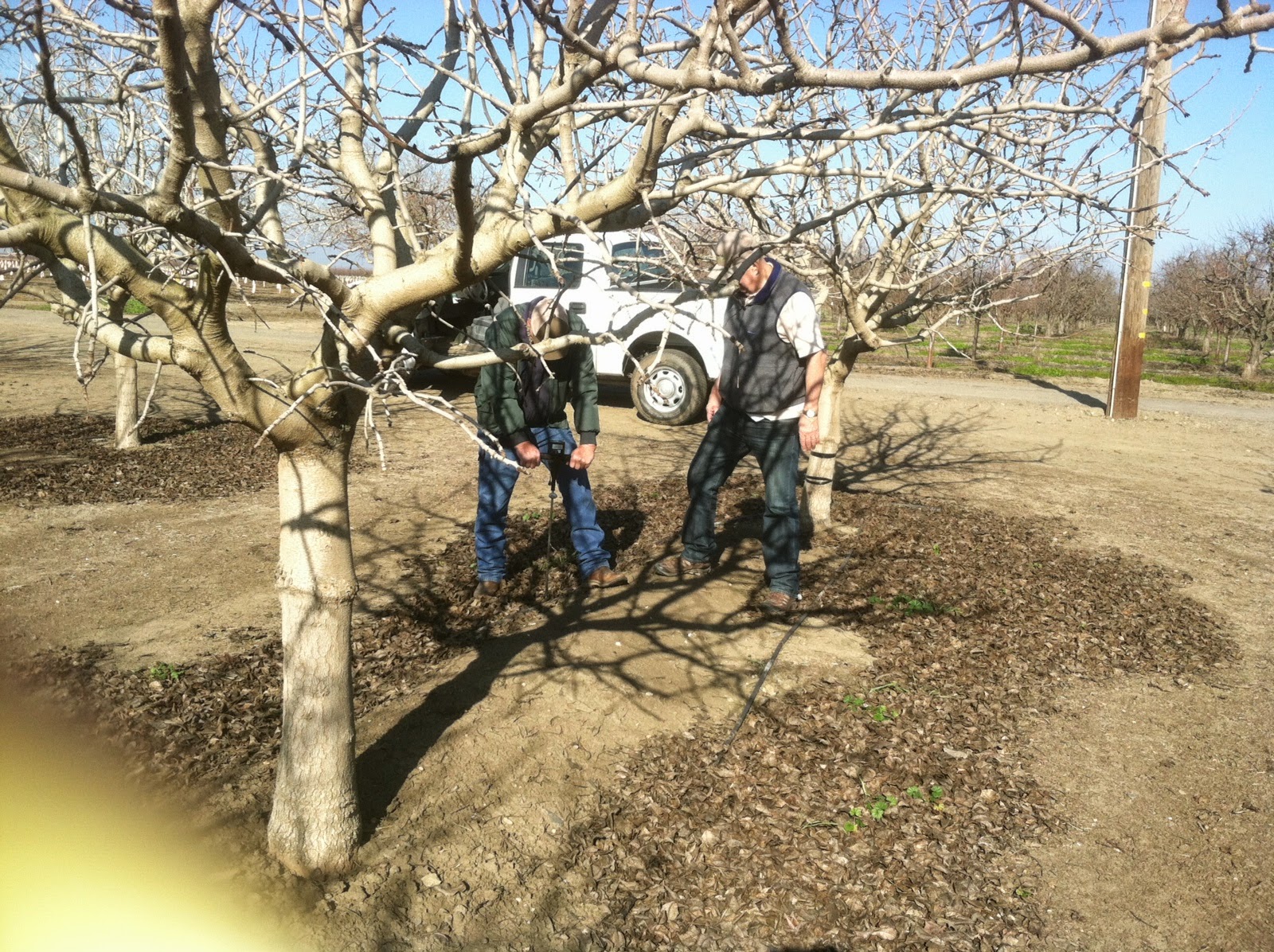Soil Secrets is a Soil Ecology company. You cannot grow
a healthy landscape or a healthy crop without the soil's ecology also being
healthy and soil compaction
is a major obstacle to healthy soil.
The following story exemplifies how Soil Secrets has the
technology to fix soil compaction problems using the biochemistry of Nature,
the Humic molecules.
Our competitors offer Humic Acids in some form or another, with
many claiming to be unique formulations. However if you don't know the
molecular description of the molecules involved, it's impossible to modify them
in a beneficial way. It’s important to understand that outside of Soil Secrets,
Humic Acids have never been isolated (purified) for the objective of
identifying each molecular fraction and describing the molecules, or proving
what the chemical properties are of these molecules. The
methods used by commercial or university soil labs for Humic Acid analysis
are crude non-standardized base extraction techniques that can only give us an
approximate percentage of the Humic Acids in the sample.
However molecular research has been done on the naturally
occurring Humic molecules of soil, performed to provide Soil Secrets
Deliverables containing this information. This research contains
the only molecular descriptive research on the so called Humic Acids providing
Soil Secrets with ownership of this information. The
research with the deliverables was performed under contract with the Los Alamos
and Sandia National laboratories under a “Commercial Proprietary
Information Contract” an exclusive non discloser contract with Soil
Secrets, with femtochemistry services provided by SUPRACHEM, Inc., turning the
National Labs analysis work into useful information for Soil Secrets. As
a result of this research we now understand what the Mechanism of Action
is of these molecular substances and what makes
our “bio-identical” molecular product unique and different from the Humic
Acids products commonly provided in the industry.
One of the hundreds of Mechanisms of Action these molecular
compounds have is that they make the soil a more livable habitat for everyone
concerned, from roots to beneficial soil microbes. This in turn improves
the water and nutrient uptake of the crop which improves the health of the
crop and most likely the yield. Obviously if you could improve the
penetration of water into the soil by lessoning the compaction of the soil,
that would be a good thing, because as water can percolate you
also improve the diffusion of oxygen into the soil. All roots and
all beneficial microbes need oxygen and water so a multitude of benefits are
pulled along as you accomplish un-compacting the soil. This process is
accomplished by fortifying the soil with these bio-identical humic
molecules, accomplishing something that no other organic soil amendment can
accomplish using the same amount of technical material and applied on the
surface using the same technique.
The compaction study was
performed by Don DeBoer who works for Mid Valley Agriculture
Services, Inc., in California. The grower is Charlie Gragnani
wearing the gray vest in the following pictures and the guy in the green jacket
is Don DeBoer.
The guy sticking his finger in the dribble line is Richard
Holappa, R & D for AGGRAND a natural fertilizer
company.
The best way to appreciate what this tests shows is to imagine a
block of concrete versus the same size block of sponge. Which one can
absorb water with greater ease and which one can hold more oxygen?
Obviously the sponge!
The Experiment Method: 600 pounds of TerraPro was
compared to 1500 pounds of TerraPro, applied per acre by dribbling the product
on the surface near the drip irrigation line.
Product was applied in the spring season of 2014. Compaction
of the soil was measured using a probe with a psi gauge, pushing the probe into
the soil to a depth of 3 feet.
Soil was probed at various locations under the dripline of the
tree giving us a range of psi values.
The Experiment Results: 600 pounds of
TerraPro per acre changed the psi from its original 300 psi down to 75 -
120 psi. Using 1500 pounds per acre the compaction dropped to a low
of 50 psi. One can only imagine how this will impact the salinity
and soil health of the soil as oxygen and water can more easily penetrate the
soil.
The photo above (3rd from top) shows the dribble line of TerraPro still
obvious months after applying the product, so you can see how it was put down.
It was not broadcasted evenly and it was not incorporated into the soil,
yet it still worked changing the soil compaction, while the control
untreated areas remained at 300 psi.
More on improving soil compaction with TerraPro's supramolecular Humic molecules:
The following images
were taken in Los Banos, California on the Steve Sloan farm, where the psi of
the soil was tested on areas treated with TerraPro and on fields freshly
ripped. The first image below shows the machine used to dribble the TerraPro onto the
field next to the drip line.
This next image shows Don from Mid Valley
testing the soil psi.
The areas freshly ripped measured 75 psi and the
areas treated with TerraPro measured 5 psi.
Michael Martin Meléndrez
Managing Member of Soil Secrets LLC
505 550-3246
Managing Member of Soil Secrets LLC
505 550-3246







Comments